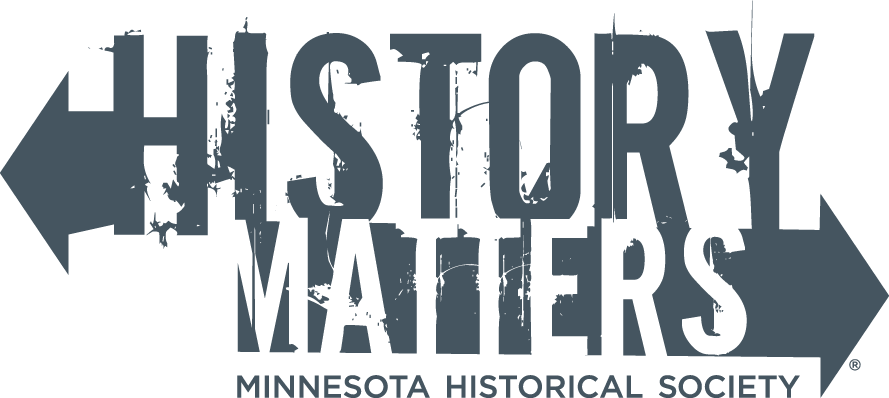LightHouse Project Research
Introduction
The Split Rock Lighthouse Project used primary and secondary sources, to focus on one historical event/person/story connected to the Split Rock Lighthouse for each decade (1910 to 2020) of the lighthouse’s history. The scope of the research efforts unearthed historical events, influential figures, and stories of the lighthouse, Northshore, and Lake Superior communities. A selection of the decades are broken down into the following categories.
● Researcher Narrative
● Evocative Story
● Engaging or Influential Person
● Clear Conflict
● Sources (may include style, mood, music, play genres, imagery, for each decade)
While another selection of the decades focus more succinctly on one person, event, or conflict. In all cases the historical research is aimed toward development of a play or performance experience to be created by Sod House Theater. This original play will be produced in the greater Minnesota area, in this case the North Shore, Split Rock Lighthouse, Two Harbors, and environs. To keep our focus on performance potential we focused on the following prompts.
● Find the conflict in each story
● Find the people
● Find the performance potential in each story
During our focused research, there were times we simply had to acknowledge the incredible PLACE we were researching. The Lighthouse with its inherent symbolism of guidance, light, listening, sounding the alarm gave abundant performance possibilities. Lake Superior with it’s grand industrial history, recreational offerings, and startling weather patterns was enthralling.
Sod House Theater is inspired to create an original, immersive, site-specific theater production about the history of Minnesota’s Split Rock Lighthouse, Lake Superior, and the North Shore communities. We look forward to using this research to create a transformational, enduring theater production for Minnesota audiences.
This publication was made possible in part by the people of Minnesota through a grant funded by an appropriation to the Minnesota Historical Society from the Minnesota Arts and Cultural Heritage Fund. Any views, findings, opinions, conclusions or recommendations expressed in this publication are those of the authors and do not necessarily represent those of the State of Minnesota, the Minnesota Historical Society, or the Minnesota Historic Resources Advisory Committee




